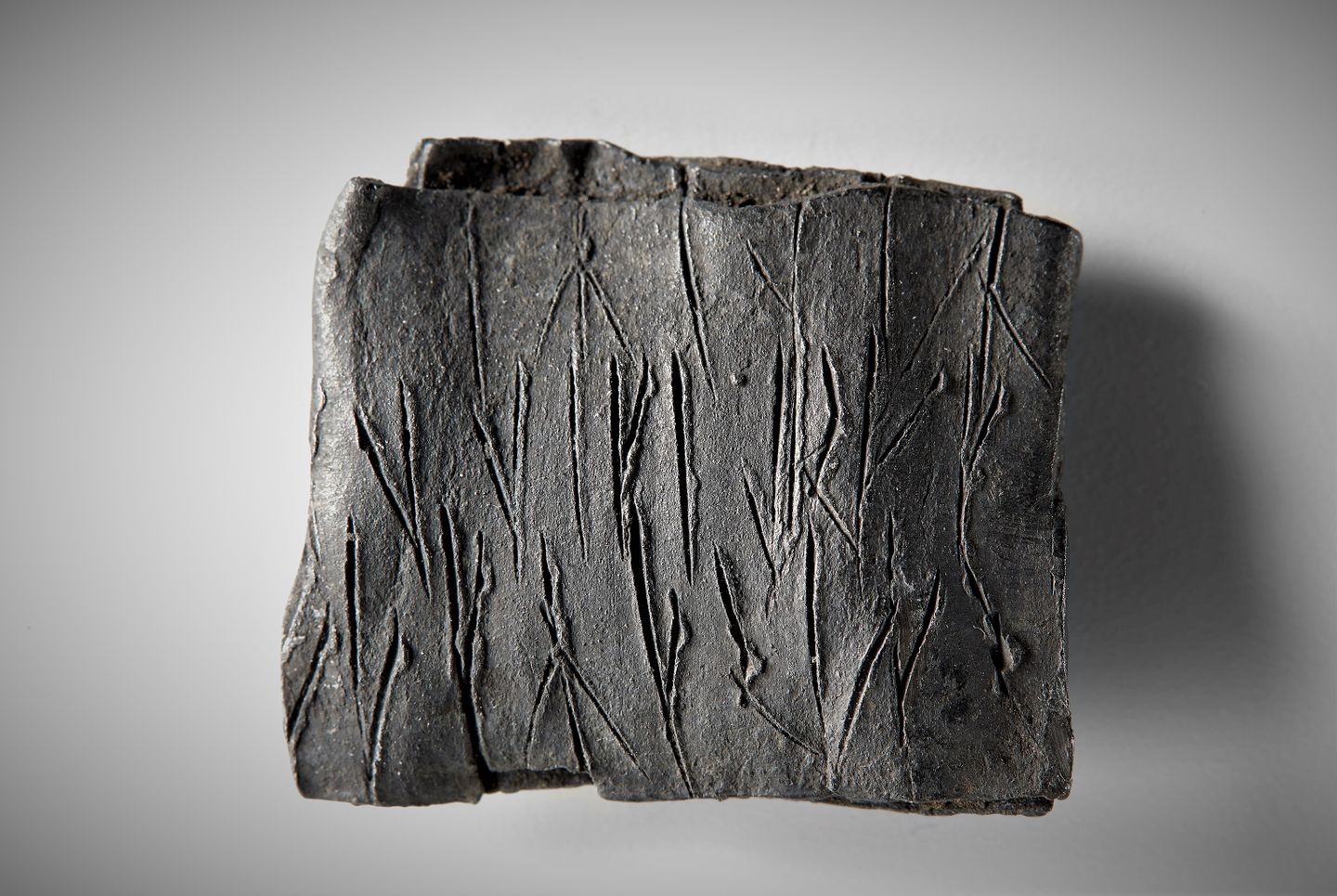Neutron technology makes it possible to reveal the contents of a medieval Norwegian amulet.
In 2018, a folded lead amulet measuring just 27 mm high x 22 mm wide, and just 6 mm thick, was found in Bispegata, in what in the Middle Ages was one of the main streets of Oslo, Norway. of the folds. Amulets made of lead folded in on themselves are common in the Nordic world, in the same way as the Orphic gold plates of ancient Greece or the phylacteries with metal plates rolled with prayers of early Judeo-Christianity. The complication with all these amulets is knowing their content, since in many cases they cannot be unrolled or unfolded without the pieces breaking, given their condition and age.
For this reason, a few days ago it was made public that Hatmurt Kutze, associate professor at the Museum of Cultural History in Oslo, and his team decided to test, for the first time, neutron radiation to obtain images of the interior of lead, something that had previously only been done. had used to create virtual images of deteriorated papyrus and parchment. It has been a complete success. This has not only allowed a virtual reconstruction leaving the amulet intact, but also opens the door to its use in many other cases of amulets that have not been deciphered due to their rolled condition.
The tomography has revealed 200 runic characters, of a religious magical nature, which also contain words of incoherent formation, such as the so-called Ephesian words of Greek magic, that is, convoluted and meaningless words intended for magical, conjuring use. According to researcher Karen Holmqvist from NIKU (Norsk Institutt for kulturminneforskning, the Norwegian Institute for Cultural Heritage Research), Norway was in the 13th century at a point where the runic and Latin alphabets still coexisted, but this does not mean that those who really used them were literate people, and even less so in the popular context.
The Latin of the Church was considered a divine, powerful language, and whose use, despite popular ignorance of it, was frequent in magic, despite the fact that the words used were not really Latin nor did they resemble it, but they were. They would sound similar, fluid, repetitive, convoluted, characteristics of magic words. The same thing happened with the runes, which at that time, rather than being written, were copied, without having much evidence of their meaning, or performing a simple transposition. Theories that seek a secret or coded language, as almost always happens in the magical-religious context of amulets, in this case cannot investigate it: if the amulet was displayed, the message was lost, especially since it was runic and engraved somewhat crudely. For all these reasons, it is more likely to think of some type of sealed protection.
A more in-depth analysis of all these characters, as well as those on the back of the sheet, which is more difficult to identify with the naked eye even using the neutron technique, will allow us to learn more about medieval Norway and the popular thought of the time.
A publication about this achievement can be seen at the following link:
Pietro Viktor Carracedo Ahumada - pietrocarracedo@gmail.com


